The people known today in the bible as the Canaanites and in history as the Phoenicians or Greek Hellenes, were said to have 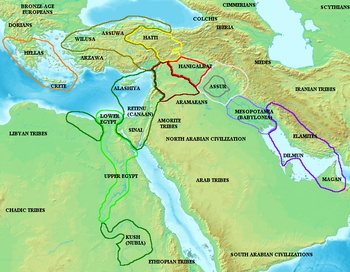 come from the Land Of Canaan. Canaan was the son of Ham and Grandson of Noah. Later Canaan would become the father of Sidon, meaning ‘firstborn’ as said by Moses in 1 Chronicles 1:13, “And Canaan begat Zidon (Sidon) his firstborn.” At the end of the Book of Zechariah, the Canaanites are also described as “a class of merchants.” Canaan was the inheritance which the Israelites won for themselves by the sword. After the Land of Canaan was carved up by the Israelites, Philistines, and Arameans who then subjugated them, the Canaanites became slaves to the Israelites (Genesis: 22-25).
come from the Land Of Canaan. Canaan was the son of Ham and Grandson of Noah. Later Canaan would become the father of Sidon, meaning ‘firstborn’ as said by Moses in 1 Chronicles 1:13, “And Canaan begat Zidon (Sidon) his firstborn.” At the end of the Book of Zechariah, the Canaanites are also described as “a class of merchants.” Canaan was the inheritance which the Israelites won for themselves by the sword. After the Land of Canaan was carved up by the Israelites, Philistines, and Arameans who then subjugated them, the Canaanites became slaves to the Israelites (Genesis: 22-25).
In the bible, the allegorical names of Ham, Canaan and Sidon are actually biblical names of places, such as countries, empires or cities that preceded or exceeded one or the other in past history. For example, the Bible refers to Egypt as “the land of Ham” in Psalms 78:51; 105:23,27; 106:
The etymology and meaning of the name is explained in the book, Manners and customs of the ancient Egyptians by Sir John Gardner Wilkinson;
For Egypt was denominated ‘Chemi, Khemi, or the land of Ham,’ as we find in the hieroglyphic legends; and the city of Khem, or Panopolis, was called in Egyptian Chemmo, of which evident traces are preserved in that of the modern town E’Khmim.* Indeed, the name of the god appears from the hieroglyphics to have been Chemmo or Khemo; and when in the character of Amen-ra Generator, the title of Khemo is added to that of Amen.
The meaning of the name Ham is detailed further by author Godfrey Higgins in his book, Anacalypsis an attempt to draw aside the veil of the Saitic Isis;
“Ham was nothing but a Greek corruption of a very celebrated Indian word, formed of the three letters A U M. Aum is pronounced like a drawling Amen, and there must be a close connection between the Aum of India, the Amun-Ra and Amun-Knepth of Egypt, and the Jupiter-Ammon of Greece.”
After the flood, they had moved into Africa and parts of adjoining areas of Asia. Ham would be known in the bible as the Father of Egypt where he had also fathered four sons in the form of nation states – Cush, Mizraim, Phut, and Canaan who was the father of the Canaanites. Based on this factual biblical information I have provided above, we now know Cain and the Canaanites were a nation-state aligned with the political interests of Egypt, who in the bible is called Ham. These facts may contradict history or even some of the propaganda of the Egyptians, with what may be found in their hieroglyphs.
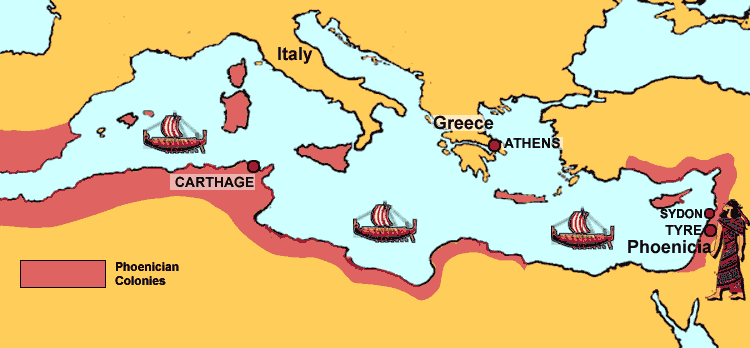 WHERE IS THE TRUE LAND OF CANAAN?
WHERE IS THE TRUE LAND OF CANAAN?
The Land of Canaan was a massive area that bordered from Sidon, to Gerar, unto Gaza; as thou goest, unto Sodom, and Gomorrah, and Admah, and Zeboim, even unto Lash and it was also composed of the five seas of the Land of Canaan which were; the Mediterranean or the Great Sea, the Dead Sea, the Sea of Tiberias, the Samorchonite Sea or Lake, and the Sea of Jazer. Hence, the Land of Canaan gave birth to almost all the area nations and cities of this region surrounding these five large seas.
One of the most important places in the Ancient Land of Canaan was located in the Mediterranean, which is the fifth-largest island in the Mediterranean Sea and that we know of today as, ‘Crete.’ An island that has a deep history shrouded in mythology and biblical stories. The Greek historian Homer had said, “various tribes jostled each other in that island.” Could these be the “Lost Tribes of Israel?”
Here is an image below of an old map that shows the island of Crete in the Land of Canaan. Crete was called Keftiu in the Ancient Egyptian texts and Kaftor, or Caphtor in the Old Testament.
Crete had a city with a name like that of the biblical Sidon, that we know of today as Cydonia or Kydonia (Greek Κυδωνία, “quince”). An ancient city-state on the northwest coast of the island of Crete.
In legend Cydonia was founded by King Cydon, a son of Hermes and of Akakallis, the daughter of King Minos. As I mentioned above, Cydon or Sidon means “first-born.” Hence, the “First Born City of Canaan,” who in mythology was founded by King Cydon and dedicated to the Goddess, Cydonia who later became Athena, and later in Rome, Minerva. They are the goddesses of wisdom, courage, inspiration, civilization, law and justice, just warfare, mathematics, strength, strategy, the arts, crafts, and skill.
In reality, Crete is a great island that is also rich with agriculture, very mountainous for security and safety and well-known to be a ” land flowing with milk and honey.” These added facts, if they already have not done so, will make more sense to you as this article develops below.
CRETE, THE LAND OF MILK AND HONEY IN CANAAN
During the Bronze Age, Crete was the center of the Minoan civilization (c. 2700–1420 BC) and it is well-known as the birthplace of the modern arts that we see all around us today. It is currently regarded as the earliest recorded civilization in Europe. Crete was considered the jewel of the Aegean Sea because it is naturally lush and fertile. The sea was traditionally known as Archipelago (in Greek, Αρχιπέλαγος, meaning “chief sea”). Plato described the Greeks living round the Aegean “like frogs around a pond.”
Based on this simple information that I have presented thus far, coupled directly with words that we can easily find in the bible, we can now place the island of Crete in the old world as part of the “Land of Canaan.” This coincides with my theory, that Moses didn’t lead his people out of the hot Egyptian desert into another barren desert. This doesn’t make sense. 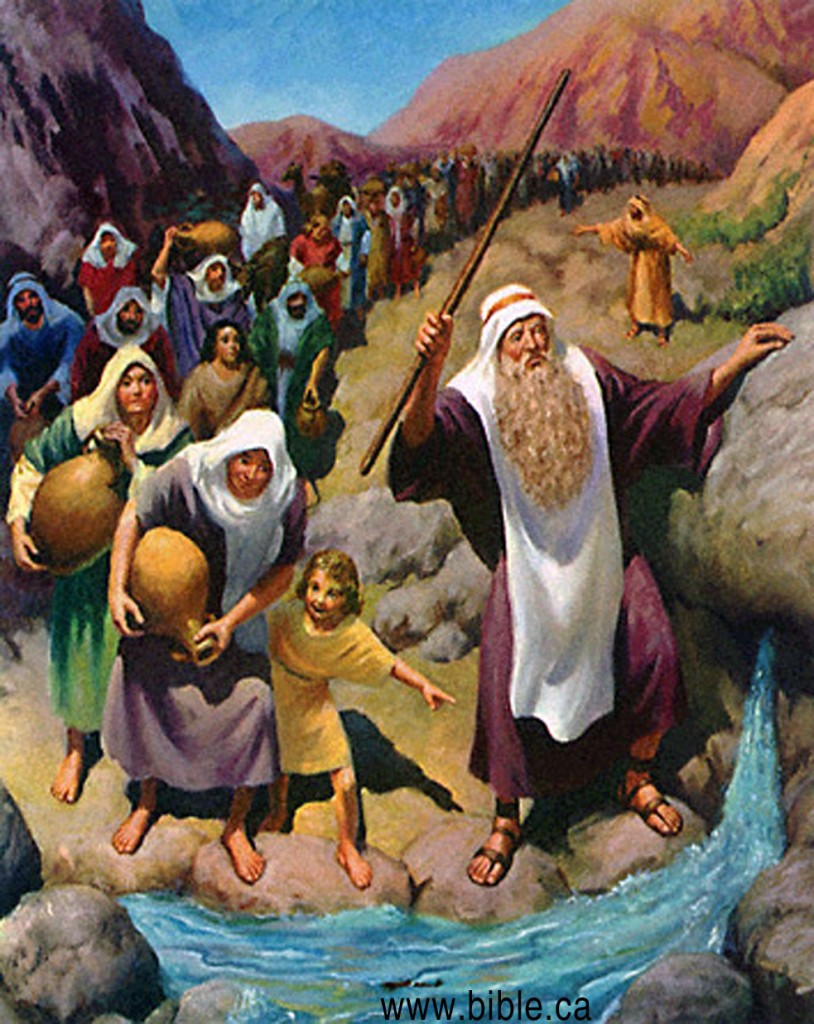 Also, it is written in the Old Testament that Moses led his people out of Egypt into the “Land of Milk and Honey in Canaan.” In the Old Testament, the land flowing with milk and honey is a reference to the agricultural abundance of the Land of Israel. The phrase is used in the Book of Exodus during Moses’ vision of the burning bush as written in Exodus 3:8;
Also, it is written in the Old Testament that Moses led his people out of Egypt into the “Land of Milk and Honey in Canaan.” In the Old Testament, the land flowing with milk and honey is a reference to the agricultural abundance of the Land of Israel. The phrase is used in the Book of Exodus during Moses’ vision of the burning bush as written in Exodus 3:8;
And I am come down to deliver them out of the hand of the Egyptians, and to bring them up out of that land unto a good land and a large, unto a land flowing with milk and honey; unto the place of the Canaanites, and the Hittites, and the Amorites, and the Perizzites, and the Hivites, and the Jebusites. […] 17 And I have said, I will bring you up out of the affliction of Egypt unto the land of the Canaanites, and the Hittites, and the Amorites, and the Perizzites, and the Hivites, and the Jebusites, unto a land flowing with milk and honey.
In studying ancient history, I have found that there is only one place that has been called the land of milk and honey; this place is the island mentioned above, ‘Crete.’ Hence, Moses may have led his people to a safe island such as Crete because it was very mountainous and also rich in agriculture, which would be conducive to taking care of his people via the land and sea. Now we have a direct connection between the biblical Land of Canaan, the story of Moses and the Exodus, and also the Island of Crete whose ancient Greek mythology and Greek tribal history is surpassed by no other nation-state at the time.
CRETE – THE LAND OF MILK AND HONEY IN MYTHOLOGY
The mythology of Crete also places it as the Land of Milk and Honey. It was King Melissus of Crete who first introduced sacrifice to the Gods, and introduced new rights and sacred ceremonies. He had two daughters Amalthea and Melissa,
Immediately after the birth of Jupiter, — Jove, Zeus (call him by which name you will), — he was given by his mother Rhea to the nymphs of Dicta, who at once provided a foster-mother for him in the shape of the goat Amalthea. In the Capitoline Museum in Rome is a series of reliefs representing the infancy and childhood of Zeus. Cretan coins, too, often show the young god suckled by the goat, or carried in the arms of the nymphs. Between Vasari and Christofano Gherardi, a series of frescoes was executed in a mansion in Venice, among which might be seen the infant Jove suckled by Amalthea. In Munich is a painting by Cicagni, representing the infant Jupiter and the goat Amalthea, entertained by corybantes who play to him. There is also a picture in the National Gallery of London, by Giulio Romano, dealing with the infancy of Jupiter.(2)
Jupiter is known as the greatest of all the Greek Gods; Zeus who was born on the island of Crete in a cave at Mount Ida, which is sacred to the Greek Titaness Rhea, who is also the mother of Zeus and Demeter. The Romans had called Rhea in Latin, “Magna Mater.” Rhea’s husband and father is Cronus or Saturn. The second largest moon of the planet Saturn is named after her. Her mother is the earth goddess Gaia. The meaning of Gaia is earth. Hence, Rhea is a daughter of the Earth whose father was Saturn, the God of Time.
The meaning of the name Rhea is derived from the Chaldean, Rheia, and the Hebrew (Phoenician) Rhaah. The dual meaning of Rhaah is “a gazing woman” and a “vulture.” The Goddess Rhea appears to be a later adaptation of the Egyptian Mu or Maut who was also symbolized either by a vulture, or an eye surrounded by a vulture’s wings as described in Job 28:7; “There is a path which no fowl knoweth, and which the vulture’s eye hath not seen. The lion’s whelps have not trodden it, nor the fierce lion passed by it.” Also in Ancient Egypt, the Goddess Isis would often be depicted in hieroglyphs with a vulture headdress.
The etymology of this Goddess Rhea’s name is explained in, “The Two Babylons, or, The Papal Worship Proved to be the Worship of Nimrod,” by Alexander Hislop;
The Egyptain Mu or Maut was symbolized either by a vulture, or an eye surrounded by a vulture’s wings (W1LK1NsoN, vol. v., p. 203). The symbolic meaning of the vulture may be learned from the scriptural expression: “ There is a path which no fowl knoweth, and which the vulture’s eye hath not seen ” (Job 7). The vulture was noted for its sharp sight, and hence the eye surrounded by the vulture’s wings, showed that, for some reason or other, the great mother of the gods in Egypt had been known as “The gazer.” But the idea contained in the Egyptain symbol had evidently been borrowed from Chaldea; for Rheia, one of the most noted names of the Babylonian mother of the gods, is just the Chaldee form of the Hebrew Rhaah, which signifies at once “ a gazing woman” and a “vulture.” The Hebrew Rhaah itself is also, according to a dialectical variation, legitimately pronounced Rheah; and hence the name of the great goddess mother of Assyria was sometimes Rhea, and sometimes Rheia. In Greece, the same idea was evidently attached to Athena or Minerva, whom we have seen to have been by some regarded as the Mother of the children of the sun (see ante, p. 33, Note).
Rhea was originally worshiped in Crete, where according to myth, she saved the new-born Zeus from being devoured by Cronus, by substituting a stone for the infant god and entrusting him to the care of her attendants, the Priests of Curetes. According to Diodorus Siculus, the Curetes lived in the time of Rhea; Herodotus and Strabo both had said that the Curetes were originally Phoenicians who accompanied Cadmus out of Phoenicia. The word Cadmus, in Hebrew signifies “One who came from the East.” He was a Phoenician Prince who was the founder of the Ancient City of Thebes and the first to introduce letters to the Greeks. Hence, the Curetes would be the descendants of the Ancient Priesthood of Thebes who had come from the East into the West and to the island of Crete where they would continue their religious rites and ceremonies under new Gods and Goddesses imported with them from Egypt.
THE ANCIENT HISTORY OF CRETE, THE CUTHEANS, CURETES AND THE OLD TESTAMENT
In the Talmud, the Samaritans are called Cutheans (Hebrew: כותים, Kutim). The Cutheans were from ‘Cuthah’ which was one of several cities from which people were brought to Samaria. A colony of Cutheans (Samaritans) had settled in Crete, whose priests were the ancient Curetes, and in the bible, the Samaritan Levites. As I stated above, the island we know of as Crete today was called Keftiu in the Ancient Egyptian texts and Kaftor, or Caphtor in the Old Testament.
Today, the Samaritans refer to themselves as Bene Yisrael (“Children of Israel“). They claim to descend from the Biblical Israelite tribes of Ephraim, Menashe and Levi. This makes sense, since we now have science in the form of DNA to help connect these biblical and mythological stories along with Priestly descent, like that of the Levites, with actual science. This work requires further detail, that I will attempt to shed light on in a future article. But for now, let it be said that we do have biblical, mythological and historical connections between the Samaritans, Cutheans, Curetes and the Ancient Priesthood of Thebes.
There are also historical clues in the form of actual documents that have been found. For example, one of the earliest mentions of Crete, is in a document dated from the 18th century BC found in the ruins of Mari in modern-day Syria that was once an ancient Sumerian city, and at the approximate time that the tablets were created, it was an Assyrian outpost in the old world. Crete was first referred to as Kaptara in these texts. Mari was also known as an ancient city of the Sumerians and Amorites. The Ancient Babylonians had called this area of Canaan in Syria-Palestine, “the land of the Amorites.”
The Amorites in the Bible are referred to as, “certain highland mountaineers who inhabited the land of Canaan“; we find them located in the southern mountain country of Canaan and in other passages such as i Genesis 15:16, 48:22, Joshua 24:15, Judges 1:34, etc. The name Amorite is regarded as synonymous with “Canaanite”—only “Amorite” is never used for the population on the coast. By the time of the Second Temple, “Canaanite” in Hebrew had come to be not an ethnic designation, so much as a general synonym for “merchant”, as it is interpreted in, for example, Job 40:30, or Proverbs 31:24. (Wikipedia)
WHAT HAPPENED TO THE CANAANITES AND THE LAND OF MILK AND HONEY?
The island of Crete, that is known as the Land of Milk and Honey, has a deep history of many battles and conquerors who have come and went since the time of the tribes known in the bible such as the Amorites, Canaanites, Hittites and priesthood of the Curetes. It has been ruled by various ancient Greek entities, the Roman Empire, the Byzantine Empire, the Emirate of Crete, the Republic of Venice and the Ottoman Empire. After a brief period of autonomy (1897–1913) under a provisional Cretan government, it joined the Kingdom of Greece. It was occupied by Nazi Germany during the Second World War. (Wikipedia) One of the most recent military engagements was “The Battle of Crete”, that was fought during World War II when the Nazi regime representing the Roman Empire led by Hitler had succeeded in taking the island under fierce opposition from the local Greeks and British forces that had come to unsuccessfully defend the original Land of Milk and Honey.
The descendants of the Land of Milk and Honey in Cannan are the “Sons of Cain” and ‘Son of Jupiter” who had turned their backs on the God of Truth and Light, Jupiter. Cain had killed his brother Able out of jealousy and was cursed by God.
Josephus describes the Sons of Cain in the Antiquities of the Jews, A.D. 93;
Nay, even while Adam was alive, it came to pass that the posterity of Cain became exceedingly wicked, every one successively dying one after the other, more wicked than the former. They were intolerable in war, and vehement in robberies; and if any one were slow to murder people, yet was he bold in his profligate behaviour, in acting unjustly, and doing injury for gain.
Cain had two children, Lamech and Zillah who then gave birth to “Tubal Cain” who is described in Genesis 4:22 as the “forger of all instruments of bronze and iron” (ESV) or an “instructer of every artificer in brass and iron” (KJV). Tubal Cain is the widow’s son who originally was “a sharpener”—one who whets or sharpens instruments. The name Tubal comes from the Hebrew verb (yabal), meaning to bring, carry, lead, conduct and is also explained as meaning, “to cause to transport an object from one place to another.” The the name Cain may be derived from the Egyptian “ka or ba” meaning ‘soul.’ Hence, the descendants of Cain became traveling merchants who essentially gave birth to the world-economy that we see today.
“Tubal Cain has been considered among Masons as a symbol of worldly possessions.” – Albert Gallatin Mackey – A lexicon of freemasonry
A people, who are known as the Phoenicians, Greek Hellenes and the Western Descendants of the Israelites. A world, that now has their Ka’s in just about every corner of the globe, that is now filled with so much milk and honey that we can easily get an ice-cold gallon of milk on a hot summer’s day from the store within 2 minutes flat, or order some pure honey from Crete online via Minerva’s web.
It is said, that someday Tubal Cain will be reborn to help undue the sins of his ancestors by beating the swords he had helped forge into plowshares. Hence, we will all revert by force or submission from our sinful ways that we now live, in order to go back to the old ways before the curse from that dreadful day when Cain had killed Able in a jealous rage.
Based on my understanding, the only way to do this, is how 33rd degree Freemason and Master Rosicrucian, Manly P. Hall describes we must do with our weapons; “The Mason must ‘follow in the footsteps of his forefather, Tubal-Cain, who with the mighty strength of the war-god hammered his sword into plowshares.”
Yes, you can order a nice big hammer online so that you may also follow in the footsteps of your forefather.
Isn’t it iron-ic? Don’t you think…….
SOURCES:
2. Classic myths in art By Julia de Wolf Gibbs Addison
3. Other sources liked to in yellow
MORE RESEARCH:
This is explained in, “A General History of the World, from the Creation to the Present …, Volume 2,” by William Guthrie, John Gray
According to Pliny, all of the lame kind that were produced in other countries. The air was anciently deemed most pure and wholesome, and is so to this day, though great part of the country lies uncultivated. From tiie fruitfulness of the soil, and the purity of its air, it was called Macaris, or the Fortunate land. In former times ‘there were reckoned in this island 100 cities, go before the Trojan war, and jts rrumr.10 more after the Dorians settled there. Forty cities only were ro«scitics. remaining in the time of Ptolemy, and among the chief of these QMirui. was Gnojfas, anciently called Ceratus, where king Minos is said ¦ to have fixed his residence. This city, of which it is doubtful whether there are any remains, was once the capital of the island, being 30 furlongs in compass, and full of inhabitants. It stood, according to Strabo, about two miles from the northern coasts, and was washed by the river Ceratus.

Moe is the founder of GnosticWarrior.com. He is a father, husband, author, martial arts black belt, and an expert in Gnosticism, the occult, and esotericism.

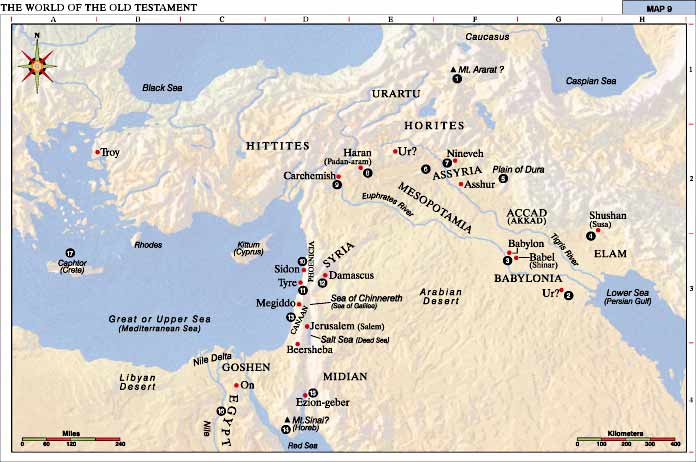
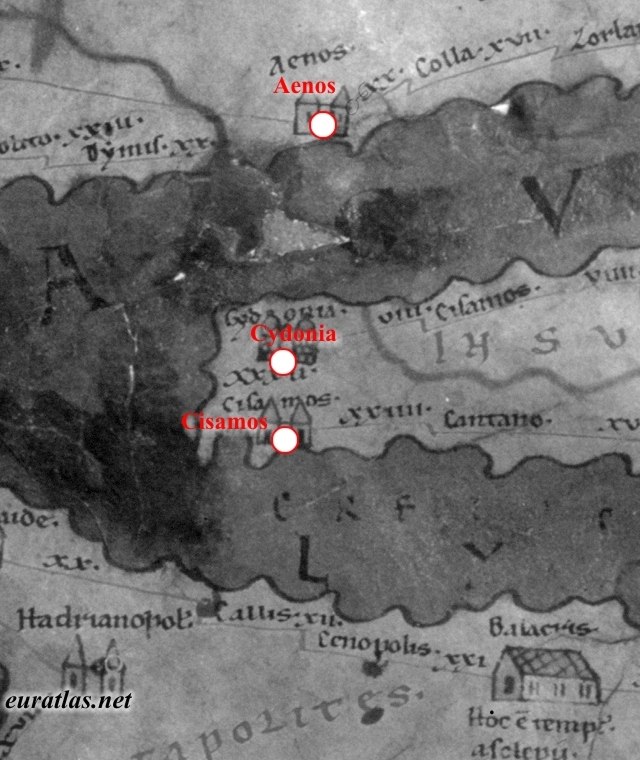
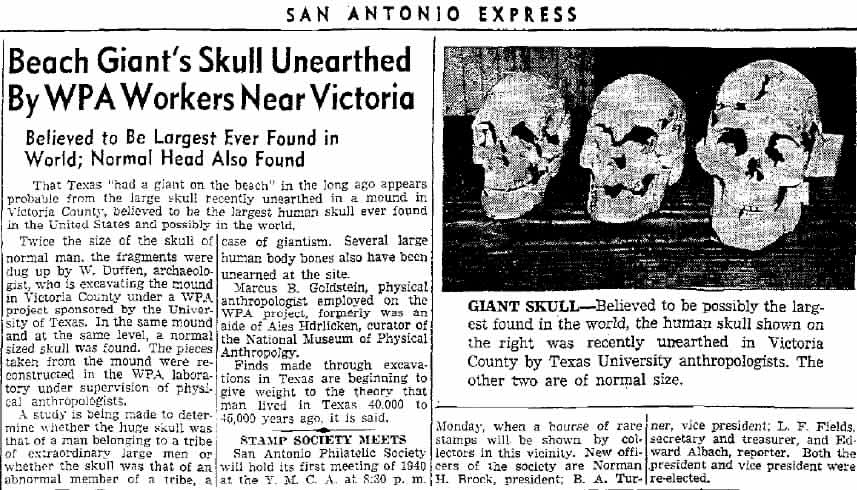
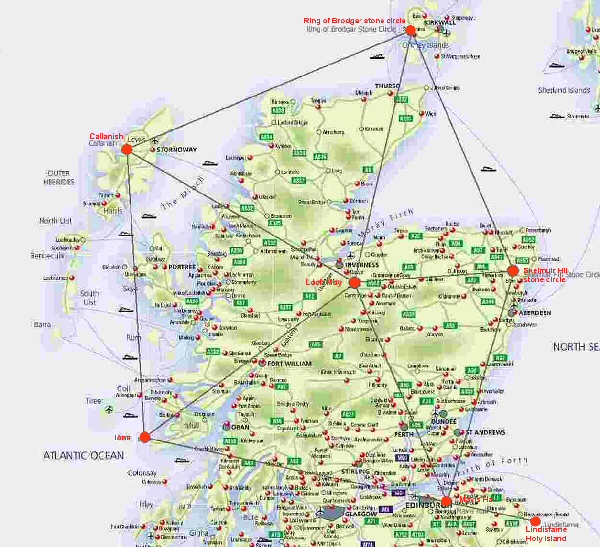
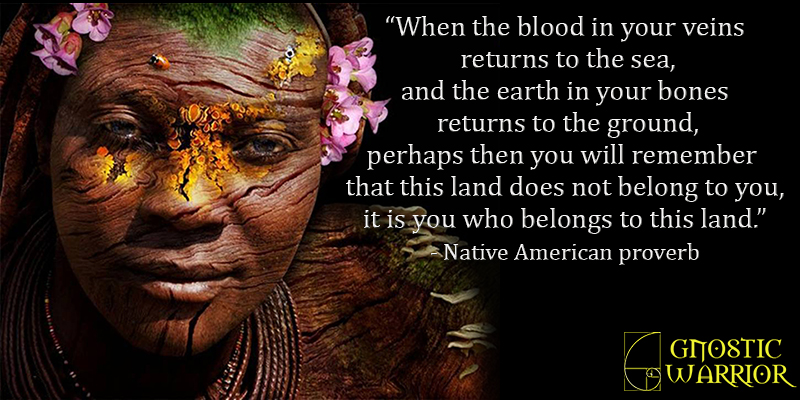
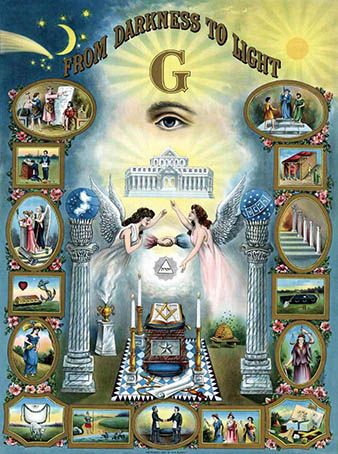
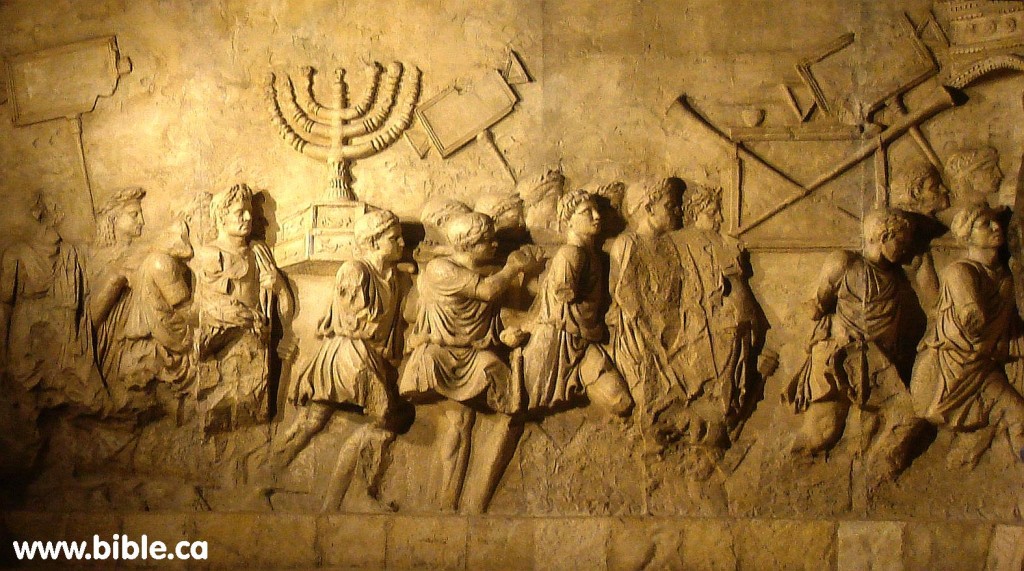

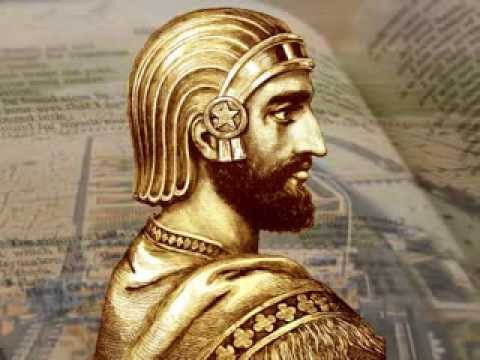
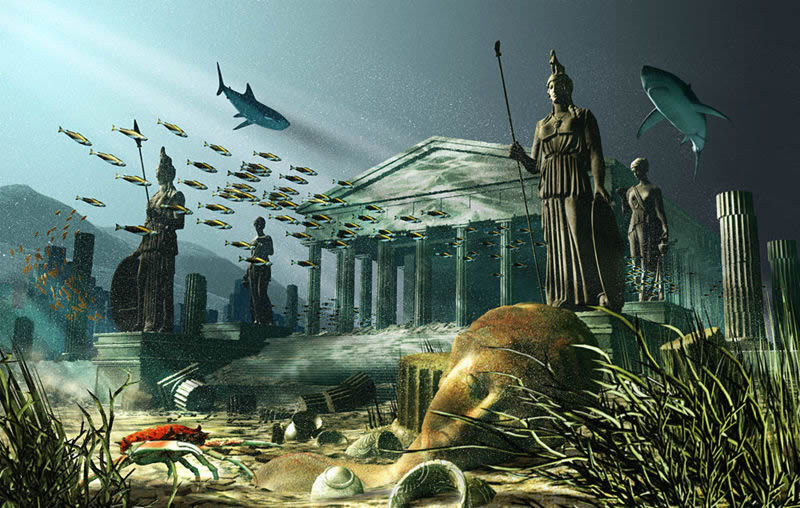
One needs to read the Henry Liddell and Robert Scott, English-Greek Lexicon NY, 1897 indicating the right translation of Hesiod’s ‘Theogony’. Phoenicians are descendants, early Aegean people, who were situated near the Levant bank. Phoenix, the word used to describe them – means in Greek, ‘purple’Their lineage goes back to early-Cycladean people, as the Hellenes had named them because they were an extended branch, settlement of the proto-Hellenes/ proto-Greeks. Many such as, Pelasgians. Minoans were the first traders and merchants in the east-Mediterranean. Notice the Phoenician names of their kings? They have Greek origins. For instance, Κάδμος (Cadmus), son of Ἀγήνωρ (Agenor). Cadmus had brought back to Greece the old Greek alphabet of sixteen letters, since called Phoenician or Cadmian. Later, Ionic eight greek letters concluded the Hellenic alphabet. The first alphabet in the world, hence the roots of the world ‘alphabet’ – ΑΛΦΑ (ALPHA) and ΒΗΤΑ (BETA) = ALPHABET. The Hellenic alphabet is the source o Western and few Eastern languages, including some semitic.
It is truly amazing to think that, in the academic world of the past 150 years has considered the Phoenician writing system, as an alphabet. It is even more unbelievable to think that the scientific dogma that Greek came from Phoenician has been enforced. Not only is Phoenician not an alphabet, it is a less advanced form of writing than Greek Linear A and B.
As such, it is the only language where the (form) of the word has the same (meaning) of the word. For instance, let’s examine a Greek word –
Επιστήμη (Θεαίτητος του Πλάτωνα), Episteme (first coined in Plato’s book – Theaititos) when dissected from the prefix “ἐπί” (epí) = (governs the genitive, dative and accusative)
on, upon (on the upper surface of)
καθέζεται ἐπὶ θρόνου.
kathézetai epì thrónou.
He sits down on the throne.
+ “ἵστημι” (hístēmi) = (transitive, active voice of present, imperfect, future, and 1st aorist tenses)
to make to stand, to stand, set
to stop, stay, check
to set up
The doubts pertaining as to who was first — the Phoenicians or the Greeks — in discovering writing, became a certainty when French professor, Paul Fore, an internationally acclaimed specialist on Prehistoric Archaeology, published a report in Nestor (an American Archaeological Journal of the University of Indiana — 16th year, 1989, page 2288). In this report, he submits and deciphers plates with Greek Linear writing found at the cyclopean wall of Pilikates, in Ithaca, dated, through the use of modern scientific methods, back to 2700 B.C., The language of these plates was Greek, and the decoding by professor Fore resulted in the following syllabic text, expressed phonetically: A]RE-DA-TI. DA-MI-U-A-.A-TE-NA-KA-NA-RE (ija)-TE. The phonetic equivalent of this is translated, always according to the professor, as: “Ιδού τι εγώ η Αρεδάτις δίδω εις την ανασσαν, την θεάν Ρέαν: 100 αίγας, 10 πρόβατα, 3 χοίρους”[Here is what I, Aredatis, gives to the queen- goddess Rea, 100 goats, 10 sheep, 3 pigs]. (See, “Davlos” magazine, issue 107, November 1990, page 6103). Thus, Fore proved that the Greeks were writing and speaking Greek at least 1400 years before the appearance of the Phoenicians and their script in history.
But, the archaeological excavations in Greece during the last 15 years have given us many more great surprises: The Greeks were writing using not only Linear A and B, but also a type of writing identical to that of the alphabet since at least 6000 B.C. In fact, at Dispilio, in the lake of Kastoria, in northern Greece, professor G. Houmouziadis discovered a plate with writing very similar to that of the alphabet, which was dated, using radioactive Carbon-14 and visual photothermal methodology, back to 5250 B.C. (see Davlos,issue 147). Three years later, N. Samson, a curator of the Prehistoric and Classical Antiquities Department, discovered shards of vases (“ostraka”) with letters identical to the present Greek alphabet while excavating at the “Cyclop’s Cave,” on the deserted island of Yioura, near the inhabited island of Alonnissos, in the Northern Sporades island complex. These vases were dated to 5,500 to 6,000 B.C. with the same methods (see “Davlos,” issue 185, May 1997). The same archaeologist, while performing excavations on the islandof Milos, discovered vessels of the proto-cycladic period (mid-3rdmillennium B.C.) with letters identical to the Greek letters: “X,” “N,” “M,” “K,” “Ξ” [ksi],”Π” [p], “Ο,” & “Ε.” (See N. Samson’s interview in Davlos, issue 204, December 1998, page 12749.)
The theory that the alphabet is a Phoenician discovery has been maintained through the argument, among other things, that certain symbols of Phoenician writing are similar to the letters of the alphabet. For example, the Phoenician alef is the reverse or sideways Greek “A.” This argument was a strong one until about 100 years ago, when linguists and historians still maintained that the Greeks did not know how to write before 800 B. C.! Around 1900 A.D., however, Arthur Evans excavated the Greek Minoan Crete and discovered the Greek Linear writings, whose symbols corresponded to 17 of the 24 letters of the Greek Alphabet.
Therefore the alphabet acts as source of information that transcends. This alone proves the complete first language, which acted as a base and library for other languages to be formed – such as Latin, Eastern languages (Sanskrit, Armenian, Aramaic, etc).
Great story, but the Greeks themselves and from the reports of their most eminent writers and historians who would be the most trusted and accurate sources almost all say that the Greeks received their writing system from the Phoenicians. This is where the information has come in regards to the theory that the alphabet is a Phoenician discovery that has been maintained for the last 2500 years and was validated yet again when the Linear A and B tablets were found.
In regards to these new alleged discoveries and radioactive carbon dating magic theories on dates, the so-called evidence is out but in my opinion, still does not override the historical statements by the Greeks themselves and also the overwhelming evidence and reports by many experts who all say it was the Phoenicians who discovered writing letters.
Bu the way, I’m of Phoenician and also Greek Hellene and Celtic descent verified by DNA. Meaning I AM all three races but in reality, they are all one race of people with one preceding the other. Now let me ask you what do history, science, and the bible say came first in regards to these tribes/nations of peoples?
That crete one you wrote about milk and honey was awesome …thanks
My pleasure and thank you for saying thanks!
Very inteligence…Very good..
Inform you about Kydonia …the first name of Creta is Χθονία (the Darkest ) but also Cthonia is name of goddess Lilith ….Maybe that’s way the Voultour sign.